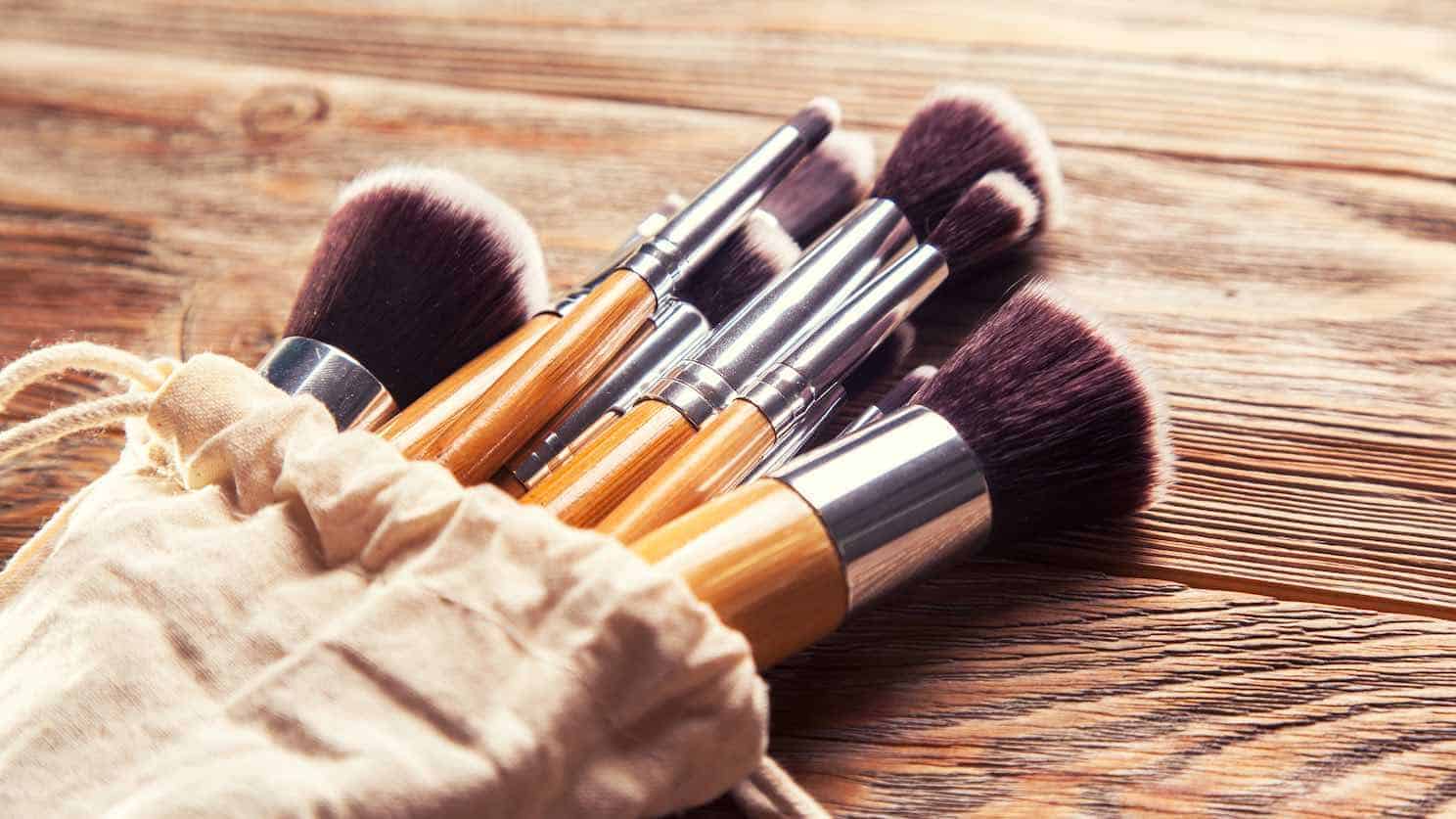What happens when a doctor trains in makeup artistry? Dr Van Park is in a unique position to answer that question. While simultaneously working as a makeup artist and studying to become a doctor, she became drawn to pursue a career in cosmetic enhancement.
Dr Park says that working with lasers and injectables feels like an extension of a make-up brush in their ability to contour and lift the face. “Just as you can use highlighting creams and powders to create the illusion of a higher cheekbone, fuller pout or straighter nose, we can use fillers to subtly enhance these areas, to increase the light reflection, and to create a new contour to the face.” According to Dr Park, injectable muscle relaxants can help slim the face and sculpt the jawline, creating an effect similar to that achievable with a good bronzer. The difference? It doesn’t wash off.
Dr Park’s approach has found her sought after by some of Australia’s celebrities, including top singers, actresses and television hosts. The Sunday Telegraph recently ran a feature called Sydney’s plastic fantastic; and asked the question ‘Who do the famous faces go to for cosmetic surgery and why are these doctors a cut above the rest?’ Dr Van Park’s name was included at the top of the list. The article says that Dr Park “injects in ways many other doctors don’t, raising the jaw line and filling in the subtle recesses around the eye area.” It seems that makeup artistry combined with medical training provides a different perspective on technique.
What will you look like ‘after’ treatment?
What will I look like afterwards? This is, quite naturally a question cosmetic physicians and surgeons are constantly asked. In the past, a gallery of ‘before’ and ‘after’ photos of strangers was all a patient was offered as a reference point. Now, thanks to 3D imaging techniques, patients’ own features can be used to create an image of how they are likely to appear after a cosmetic procedure. You can read more about it in the Costhetics article on Virtual Cosmetic Surgery.
As exciting as virtual cosmetic surgery can be, Dr Park goes one step further and makes the whole thing far more dramatic and personal. This is how one person described the process:
“When people come to see her for the first time and want to know if they’d look ‘better’ with some injectables, Dr Park ‘sculpts’ their face with makeup, using blush and eye shadow to create the look of cheeks with curves. She shows the patient how this looks and then goes to work injecting wrinkle relaxers or dermal fillers to achieve the same results that she’s achieved with makeup.”
Imagine that! This process may feel more comfortable and intimate than the idea of virtual imaging.
Contouring with makeup uses light and shadow to emphasise some features and hide others. The technique is simple enough in theory. Light colours highlight features, making them appear to come forward; dark colours create shadows making features recede. Highlights may be applied down the bridge of the nose, on the chin, the forehead, and along the cheekbones. Some contouring requires highlights under the arch of the eyebrow or under the eyes.
In contrast, shadow may be applied along the jaw and hairline. It may also be feathered into the hollows below the cheekbones or on the temples. What separates an amateur make-up artist from a professional is in knowing what to apply, and where.
Dr Park sometimes uses the services of other professional makeup artists including Australia’s famous Rae Morris, L’Oréal’s Paris Makeup Director and best-selling author. Morris brings all the experience and professionalism of her career to her sessions with Dr Park. She has worked with high-profile clients who include Cate Blanchett, Jessica Biel, Pink, Hugh Jackman, Miranda Kerr and Catherine McNeil, as well as magazines such as Vogue, Harper’s Bazaar, Marie Claire, Rolling Stone and In Style.
In a session titled How I Make Them Look Beautiful at the Australasian Society of Aesthetics Plastic Surgery (ASAPS) Non-Surgical Symposium held in Sydney in November 2011, Morris explained, among other things, how this technique works in practice.
Will this technique work for you?
We think you’ll agree that Dr Park’s approach is sound. Your difficulty may lie in locating a cosmetic physician using this specialised technique to provide patients with a gentle but realistic vision of what cosmetic enhancements can do for them.
